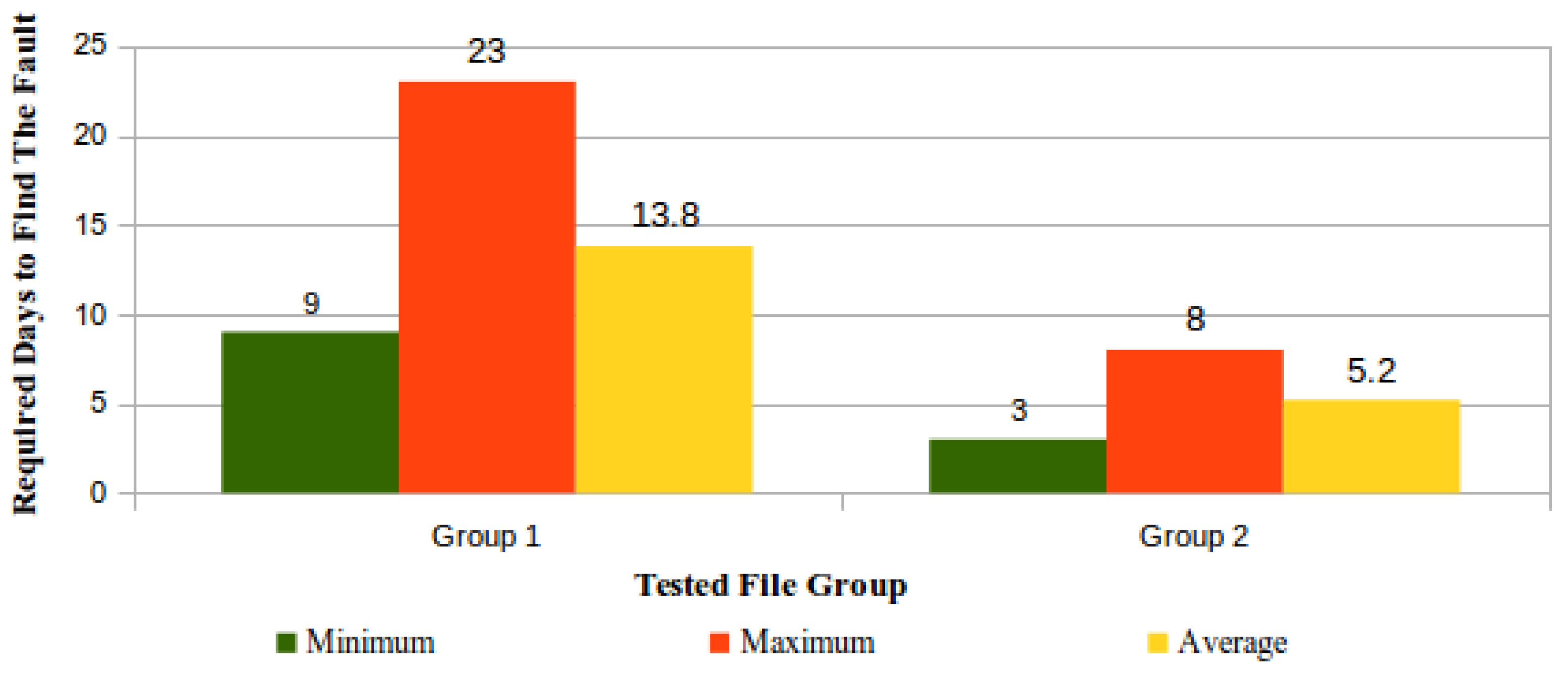Difference between revisions of "Template:Article of the week"
Shawndouglas (talk | contribs) (Updated article of the week text) |
Shawndouglas (talk | contribs) (Updated article of the week text) |
||
| Line 1: | Line 1: | ||
<div style="float: left; margin: 0.5em 0.9em 0.4em 0em;">[[File: | <div style="float: left; margin: 0.5em 0.9em 0.4em 0em;">[[File:Fig17 Pinheiro Sensors2018 18-3.png|240px]]</div> | ||
'''"[[Journal: | '''"[[Journal:Security architecture and protocol for trust verifications regarding the integrity of files stored in cloud services|Security architecture and protocol for trust verifications regarding the integrity of files stored in cloud services]]"''' | ||
[[Cloud computing]] is considered an interesting paradigm due to its scalability, availability, and virtually unlimited storage capacity. However, it is challenging to organize a cloud storage service (CSS) that is safe from the client point-of-view and to implement this CSS in public clouds since it is not advisable to blindly consider this configuration as fully trustworthy. Ideally, owners of large amounts of data should trust their data to be in the cloud for a long period of time, without the burden of keeping copies of the original data, nor of accessing the whole content for verification regarding data preservation. Due to these requirements, [[Data integrity|integrity]], availability, [[Information privacy|privacy]], and trust are still challenging issues for the adoption of cloud storage services, especially when losing or leaking [[information]] can bring significant damage, be it legal or business-related. With such concerns in mind, this paper proposes an architecture for periodically monitoring both the information stored in the cloud and the service provider behavior. ('''[[Journal:Security architecture and protocol for trust verifications regarding the integrity of files stored in cloud services|Full article...]]''')<br /> | |||
<br /> | <br /> | ||
''Recently featured'': | ''Recently featured'': | ||
: ▪ [[Journal:What Is health information quality? Ethical dimension and perception by users|What Is health information quality? Ethical dimension and perception by users]] | |||
: ▪ [[Journal:SCADA system testbed for cybersecurity research using machine learning approach|SCADA system testbed for cybersecurity research using machine learning approach]] | : ▪ [[Journal:SCADA system testbed for cybersecurity research using machine learning approach|SCADA system testbed for cybersecurity research using machine learning approach]] | ||
: ▪ [[Journal:Semantics for an integrative and immersive pipeline combining visualization and analysis of molecular data|Semantics for an integrative and immersive pipeline combining visualization and analysis of molecular data]] | : ▪ [[Journal:Semantics for an integrative and immersive pipeline combining visualization and analysis of molecular data|Semantics for an integrative and immersive pipeline combining visualization and analysis of molecular data]] | ||
Revision as of 15:57, 6 May 2019
Cloud computing is considered an interesting paradigm due to its scalability, availability, and virtually unlimited storage capacity. However, it is challenging to organize a cloud storage service (CSS) that is safe from the client point-of-view and to implement this CSS in public clouds since it is not advisable to blindly consider this configuration as fully trustworthy. Ideally, owners of large amounts of data should trust their data to be in the cloud for a long period of time, without the burden of keeping copies of the original data, nor of accessing the whole content for verification regarding data preservation. Due to these requirements, integrity, availability, privacy, and trust are still challenging issues for the adoption of cloud storage services, especially when losing or leaking information can bring significant damage, be it legal or business-related. With such concerns in mind, this paper proposes an architecture for periodically monitoring both the information stored in the cloud and the service provider behavior. (Full article...)
Recently featured:










